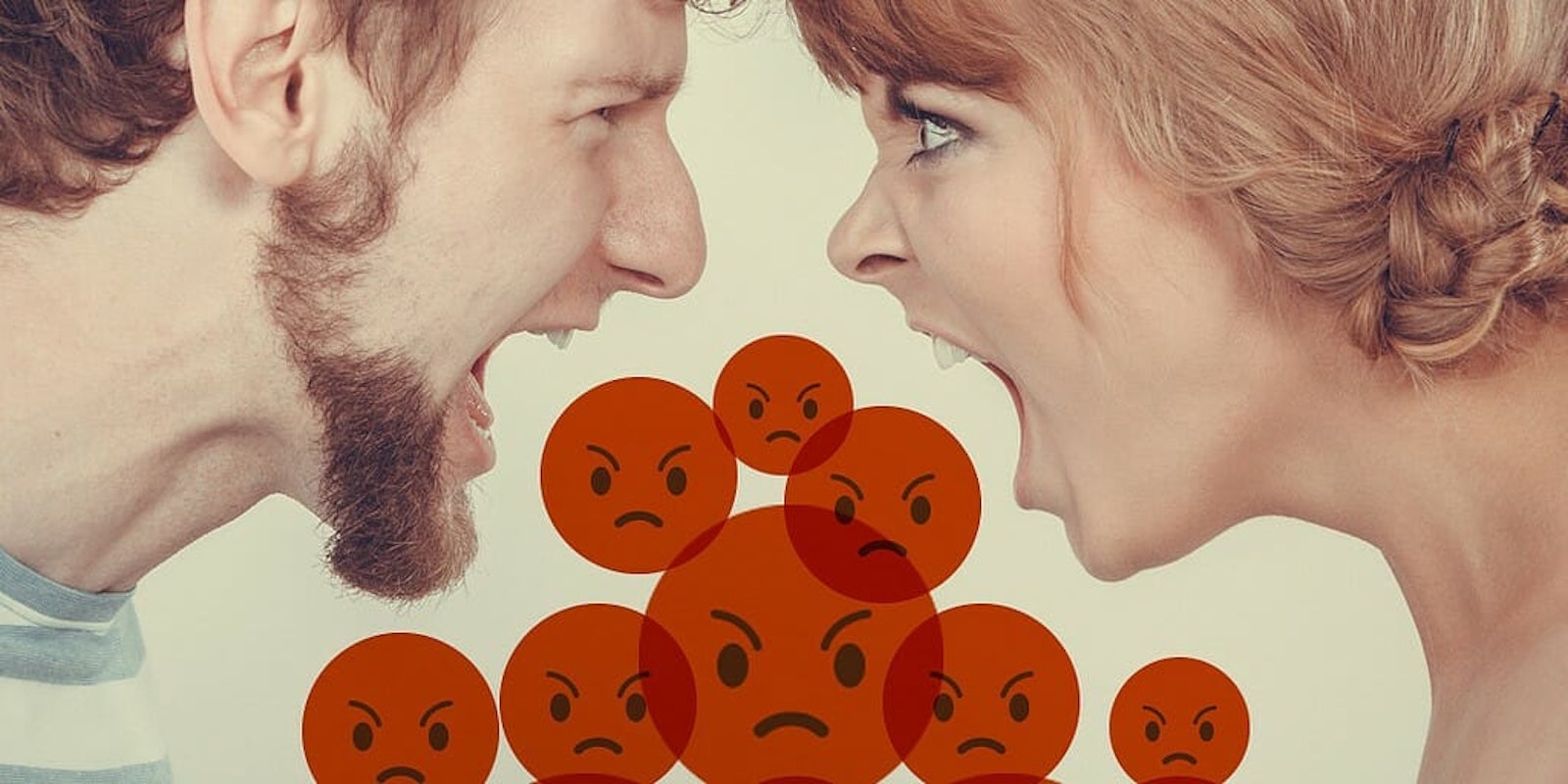The face of courtroom evidence is evolving, but not all jurors are hip to the new language. In some cases, the meanings of emoji are causing ambiguity and confusion in court.
Emoji first began making their way into court cases around 2014. They’ve been used to arrest a teen accused of making a terroristic threat online, to portray a woman accused of poisoning her child as a loving mother, and to claim that sexual harassment was in fact consensual. Before that, emoji and emoticons were typically omitted from court proceedings.
Now, attorneys are well aware that emoji can add nuance and context to what otherwise be read as simple text. The addition of an emoji or two can completely change the meaning of a statement. Something that could sound sinister appended with a silly-faced emoji, for example, suddenly sounds playful or sarcastic.
According to the CBC, lawyers can be at odds with linguistics experts as to the value of using emoji in court cases. In a Toronto sexual assault trial, defense lawyer Ari Goldkind used emoji-laden text messages as evidence that his client wasn’t guilty.
“She testified over and over that she went there against her will; [that] he was pressuring her,” Goldkind told the CBC. “I said, ‘Well, wait a minute, I have all the text messages from their phone.’ You put that up before the jury and everything that she’s texting including emojis—with smiley faces and winky faces… That was so important to the jury and so important to the judge.”
Linguistics such as Elizabeth Kirley, co-author of a paper titled The Emoji Factor: Humanizing the Emerging Law of Digital Speech, however, says that emoji interpretation isn’t so cut-and-dry. Kirley and co-author Marilyn McMahon, both of the Deakin Law School at Deakin University in Australia, examined a number of court cases in the U.S. and Europe where emoji were used as evidence. Since emoji are increasingly being interpreted as “the first step in non-verbal digital literacy with potential evidentiary legitimacy to humanize and give contour to interpersonal communications,” linguistics experts should be called into cases to interpret and analyze their meaning.
While a single emoji can be interpreted different ways depending on the user and the context, that’s not the only troubling issue with using emoji as evidence. Adding to the confusion is the fact that emoji render differently on different devices. iOS, Windows, Android, and even specific Android-phone makers such as Samsung (and specific apps, such as older versions of WhatsApp) all use their own distinct emoji image libraries. What can look like a drug reference on one handset may look completely innocuous on another.
Ultimately, courts have to deal with emoji the same way they would with other more ambiguous types of communication (things like hand gestures, the CBC notes).
For those of us that text, chat, and use emojis online in our everyday communications, it’s important to remember though—that innocuous winky face, gun, or eggplant emoji could come back to haunt you, so emoji wisely.
H/T CBC


